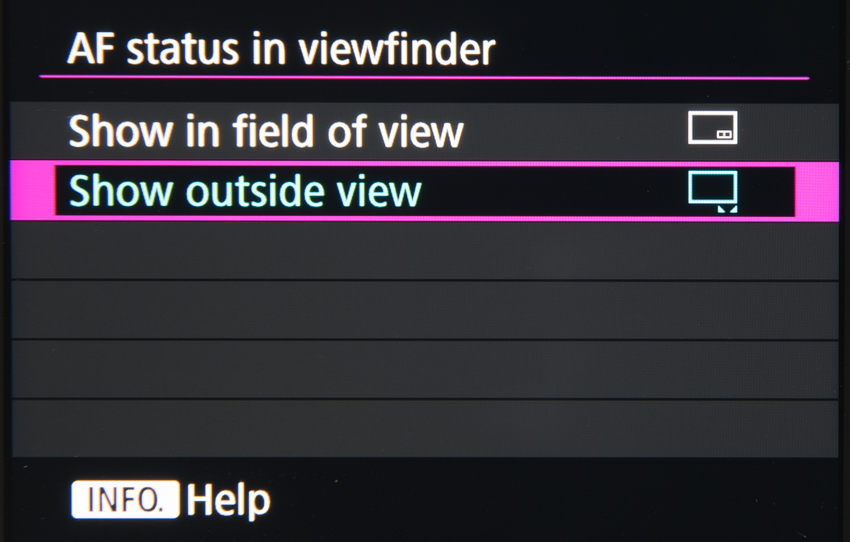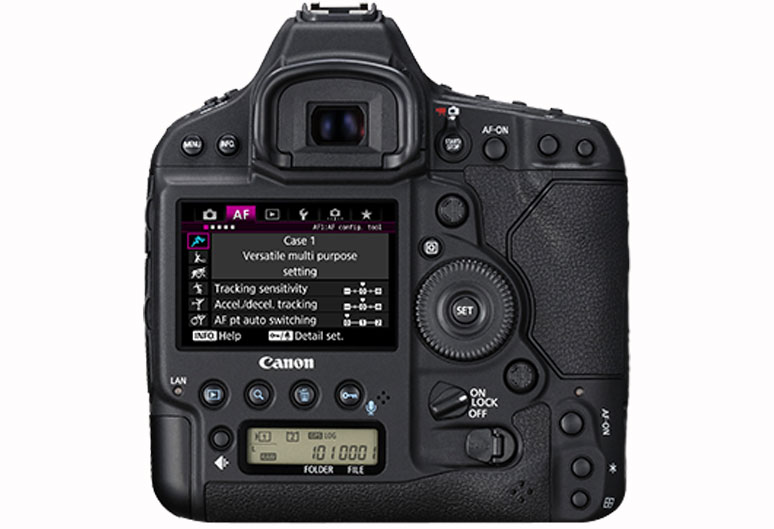The Canon EOS-1D X Mark II arrives with a revised 61-point AF system – we take a closer look.
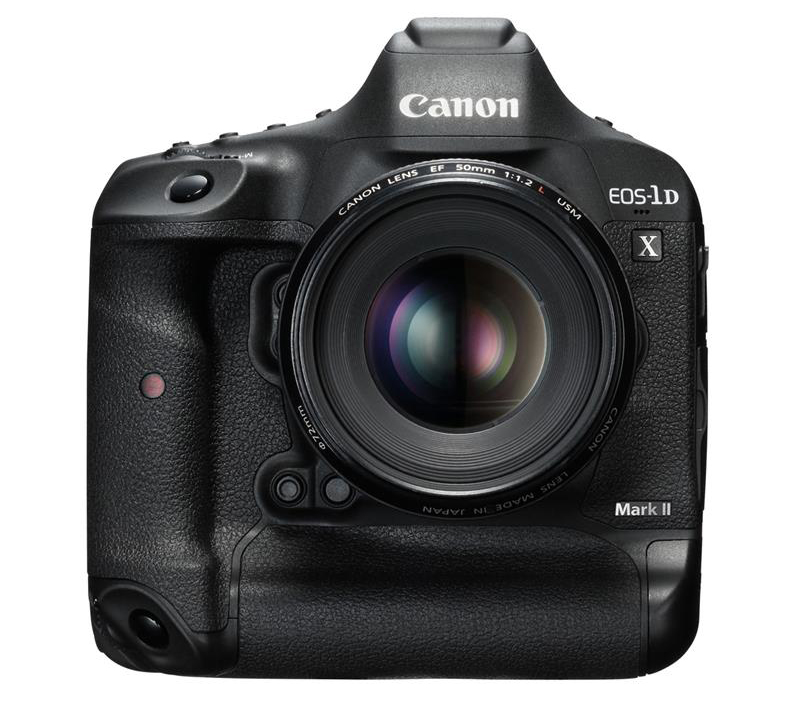
Canon has refreshed its pro-level DSLR proposition just in time for the Olympics, and as a camera aimed at the sports and action photographer, a lot of focus has been placed on its focusing system. This article looks at the key things it offers as well as what’s changed from the acclaimed EOS-1D X it replaces.
The Basics
The EOS-1D X Mark II is equipped with a High Density Reticular AF II system, with 61 points in total and 41 of these being cross type. The remaining 20 have vertical line sensors, which means they are capable of detecting horizontal lines.
Canon states that, by moving the points further away from each other than before, it’s increased the array’s vertical coverage by 8.6% in the central bank of AF points and 24% in the left and right banks over the EOS-1D X’s system. It’s also boosted the performance of the AI Servo AF option so that it notices any sudden changes in subject-movement speed better than before.
Five central points – namely the central point and the two above and below it – are dual-cross-type points. This means that they have both vertical and horizontal sensors, as well as a pair arranged in a cross that are at a 45degree angle to these (essentially forming an asterisk), and these are sensitive down to fƒ/2.8.
All 61 points remain operational when a lens with a maximum aperture of f/8 is used, with the exception of five (mainly macro) lenses. This is an improvement of the f/5.6 limit on the EOS-1D X and useful to know if you wish to use the camera in conjunction with maximum aperture-reducing teleconverters. Additionally, 21 points remain cross type with such a combination.
The most central AF point is sensitive down to -3EV in One Shot AF, which bodes well for low-light shooting. This is an improvement on the -2EV central-point sensitivity on the EOS-1D X.
As on previous models, when using the AI Servo mode, the camera allows you to select one of six cases – subjects moving erratically, subjects accelerating or decelerating quickly and so on – to match the subject you’re shooting, with the option to fine-tune individual parameters such as tracking sensitivity.
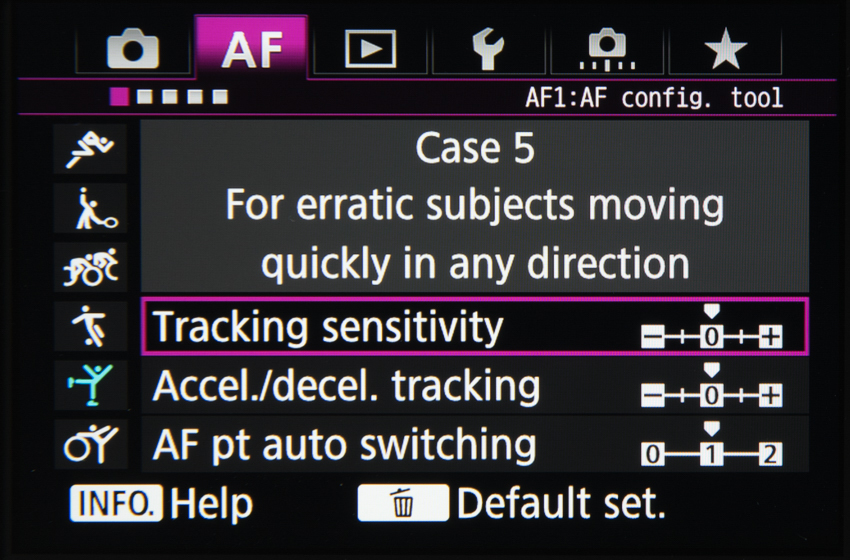
AF Microadjustment
As with most pro-grade DSLR bodies, the EOS-1D X II allows for the fine adjustment of a lens’ focusing position, should you find a particular camera and lens focusing slightly behind or in front of the subject.
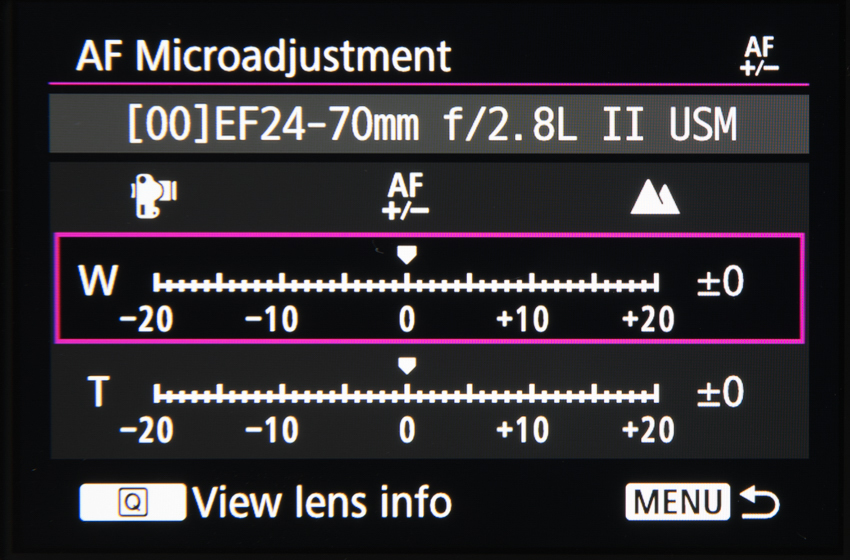
As with the EOS-1D X, you can store up to 40 separate adjustments, with separate corrections for wide and telephoto settings when adjusting zoom lenses. Helpfully, the corrections are remembered by the serial number of the lens rather than just its type; theoretically this means you can adjust a number of the same model of lens and the camera will remember the appropriate amount of correction for each specific example, rather than have it be confused by the two different versions of the same optic.
AF during burst shooting
The EOS-1D X was no slouch with burst shooting, managing to maintain a rate of 12fps with autofocus and auto-exposure for up to 180 JPEGs or 38 Raw images. When using live view this figure increased to 14fps, albeit with the mirror locked up and focus and exposure fixed to that of the first frame in the sequence. Nevertheless, Canon has boosted this further here, giving a 2fps advantage to each mode.
With the EOS-1D X Mark II it’s possible to fire at 14fps with both autofocus and auto-exposure for up to 170 14bit uncompressed Raw frames, or an unlimited number of JPEGs, and 16fps in live view with the mirror locked up and focus and exposure once again fixed to the first frame.
Canon credits these increases to the two DIGIC 6+ processors that drive the camera, as well as a new mirror drive system, although in order to achieve the deepest burst depths you need to use a CFast 2.0 card (the camera accepts both CFast and CompactFlash media).
AF during movie recording
Aside from the option of 4K video recording, of the most significant changes between the EOS-1D X II video options and those in the model it replaces is that Dual Pixel CMOS AF technology now allows for continuous focus while recording videos. This is the first time the system has been implemented on a full-frame EOS body, having previously been included in a number of more junior APS-C-based models.
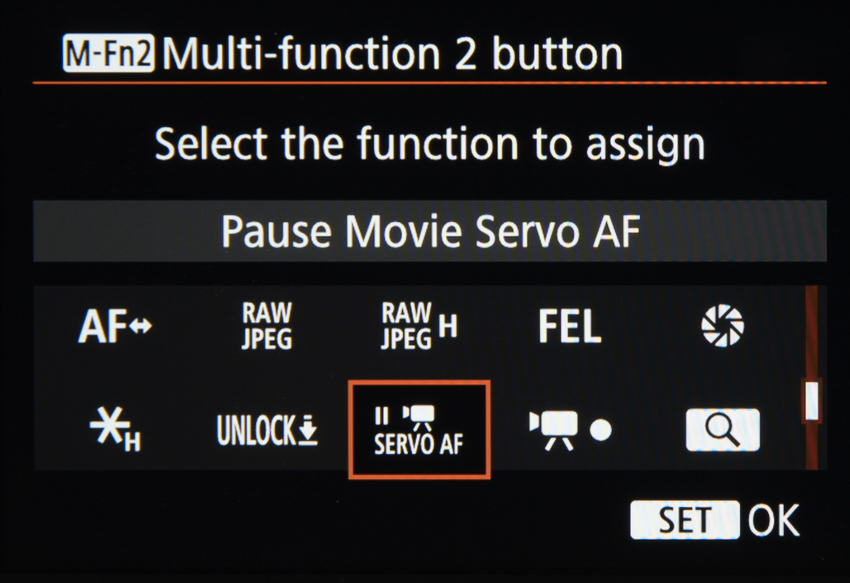
This can have its tracking sensitivity and focusing speed adjusted to match the subject being captured, and you can also program the camera to track faces if you happen to have people in the frame. This is also one area where the benefits of the camera’s touchscreen make themselves known. Although you can choose a focusing position through the more conventional controls, it’s possible to instruct the camera where to focus through the touchscreen. Doing this while recording also allows you to move focus between two points with ease.
AF Area Selection options
As with the EOS-1D X, the new model offers a broad choice of AF Area Selection modes. In addition to focusing automatically with either the whole array, a standard single point or a small pinpoint for more precise focus, you can program the camera to focus with and display the four adjacent points around a selected point to form a cross, or even the remaining four points next to these to form a 3×3 box.
The Zone option allows you to select one of nine separate areas of the array for focusing, while a new Large Zone AF option lets you specify which one the three banks – central, left and right – you want to use. So, you can opt for the central bank, for example, if your subject is always in the centre of the frame, preventing the camera from seeking focusing elsewhere as it may otherwise be tempted to.
AF point illumination
You can adjust the brightness of the focusing points in the viewfinder over two levels, which may help when capturing certain subjects.
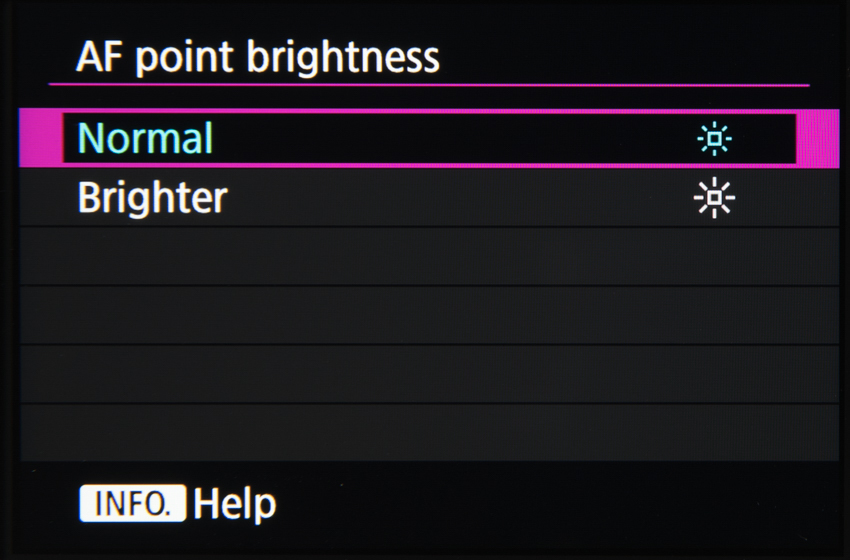
You can also now opt to have the relevant focusing points illuminated as you focus, so that you can continue to see these once focus has been confirmed. Usefully, when using AI Servo to four continuously, the camera can also keep these points illuminated as long as your subject is in focus.
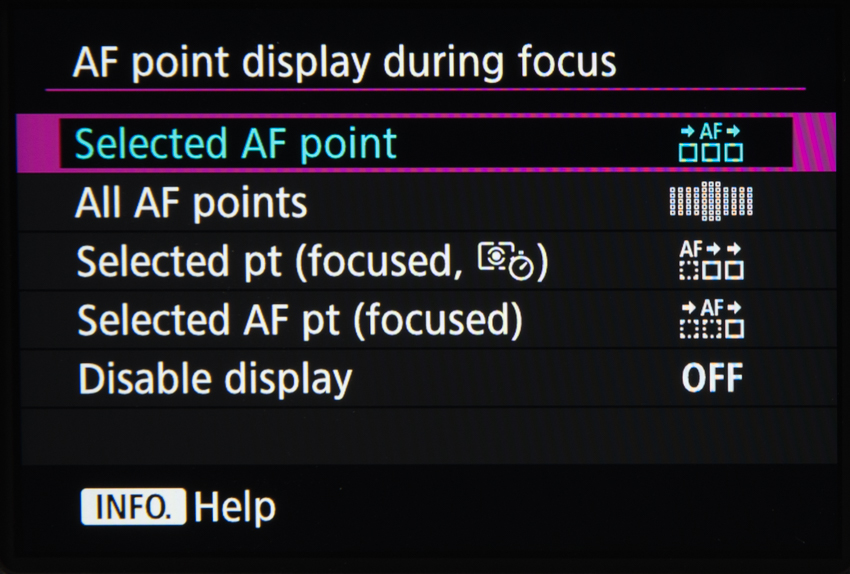
Another useful feature carried over from the EOS-1D X is the option to light up all cross-type points at the touch of a button so you can tell which are most sensitive in the array. This may find itself to be particularly useful when using a lens with a relatively slow maximum aperture, which may limit the number of cross-type points available.
New metering sensor
Canon has eschewed the EOS-1DX’s 100,000-pixel RGB metering sensor for a new 360,000-pixel RGB-IR alternative here, and also paired it with its very own DIGIC 6 processor. So how does this help focus?
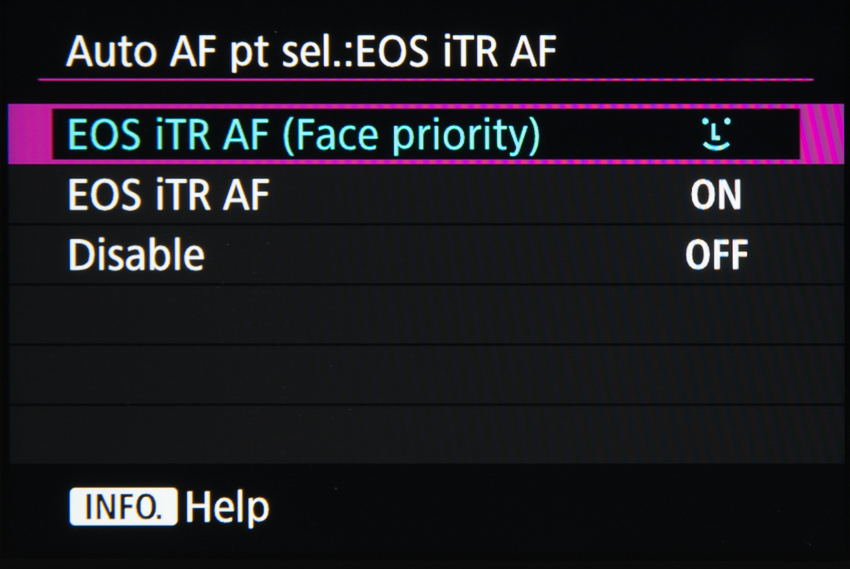
Canon reckons the combination boosts the camera’s chances of recognising the subjects faster than before, which in turn means that it can focus and meter on them more precisely and in less time. This advantage is also said to benefit the Intelligent Tracking and Recognition system (iTR) when keeping a lock on a moving subject.
Other useful options
The camera presents many further useful focusing options. One of these is that you can register a frequently used AF point and program a specific button to activate it on demand.
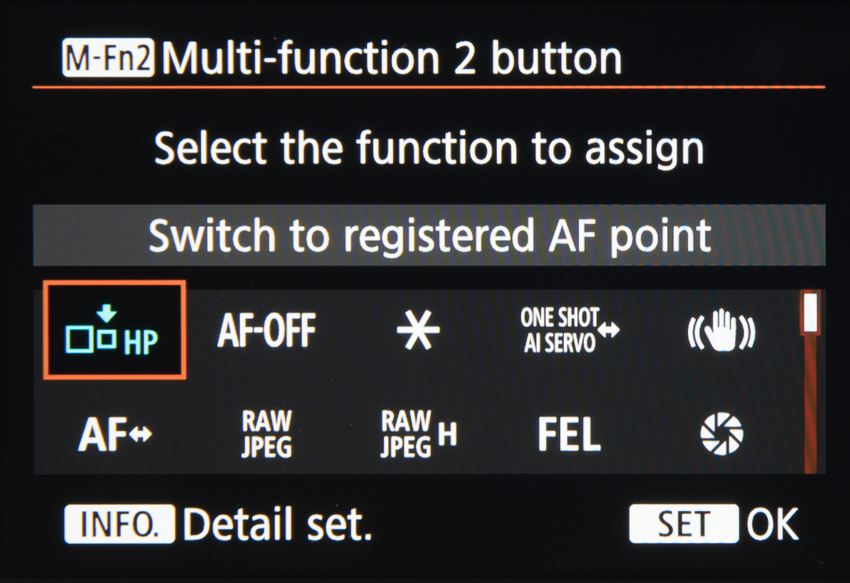
It’s also possible select whether you want the spot metering system to stay with the central AF point or continue to work with any other points you choose.
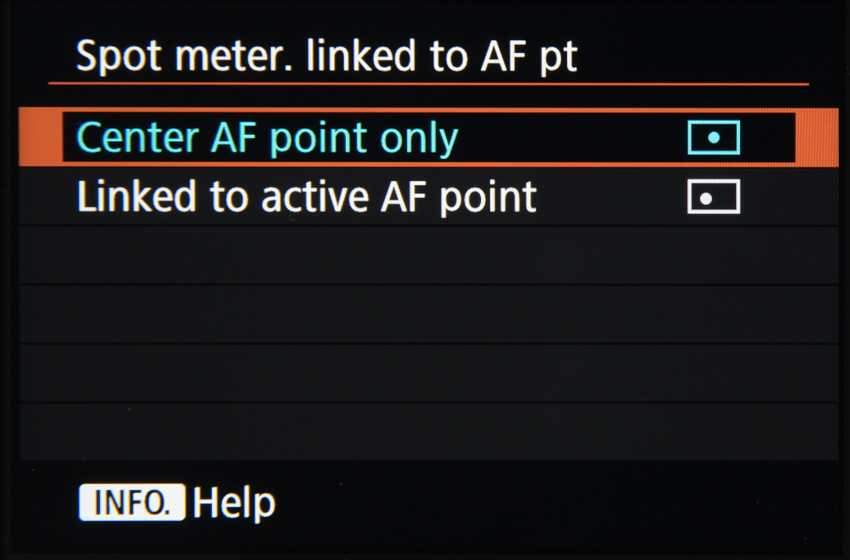
You can also configure the display to show only a limited number of points, or even just the cross-type points.
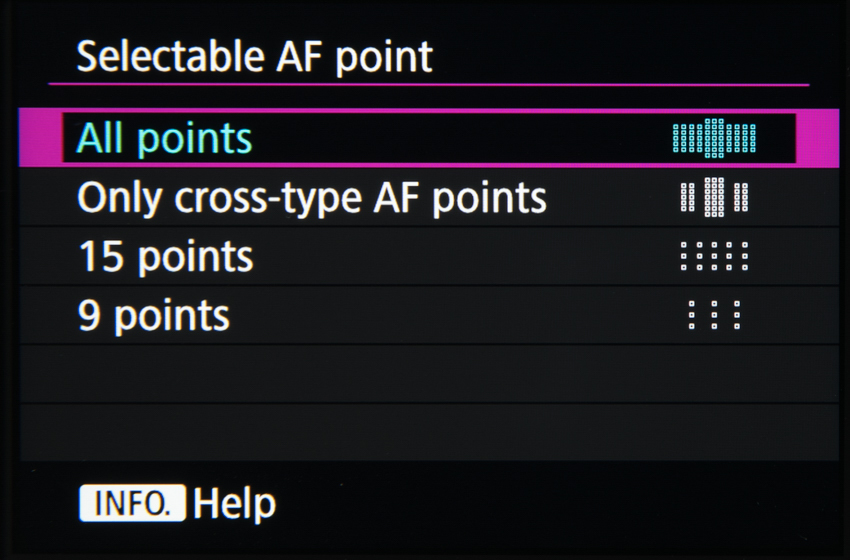
You can customise the body and certain lenses so that buttons access focus-specific functions of your choosing.
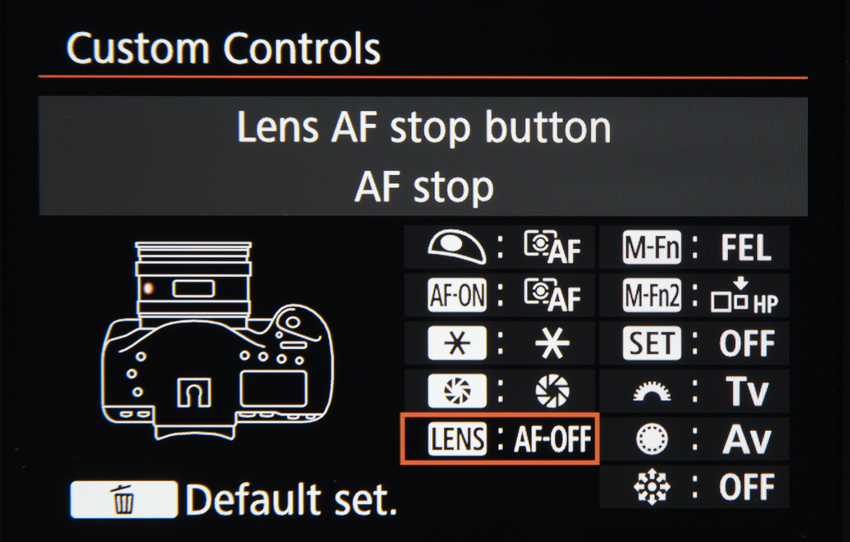
Thanks to the inclusion of the Intelligent Viewfinder II, you can even choose exactly where to have AF status display in the viewfinder.
